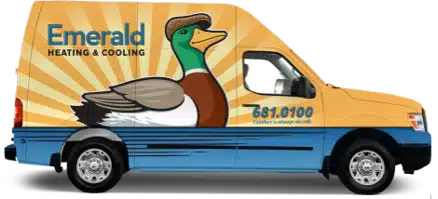Boiler Manufacturer Response to Flooded Equipment Technical Bulletin Dated: September 28, 1999Subject: Flooded BoilersIssued by: Tom Senter, Weil McLain Sample: This bulletin covers how to service a Weil-McLain cast iron boiler, which has been either partially or fully, under water due to flooding conditions. DANGER If any part of a boiler, burner or its controls … [Read More]
Blog
Comfort is Always on Call!

Categories
Safety Tips for Flood Damage The U.S. Consumer Product Safety Commission (CPSC) recommends several safety tips to the victims of floods. This safety alert illustrates some dangerous practices which consumers may be tempted to engage in during efforts to rebuild or while staying in temporary housing, tents or partially damaged homes. This information is provided … [Read More]
Mold, Moisture and Your Home Mold Basics Why is mold growing in my home? Molds are part of the natural environment. Outdoors, molds play a part in nature by breaking down dead organic matter such as fallen leaves and dead trees, but indoors, mold growth should be avoided. Molds reproduce by means of tiny spores; … [Read More]
Introduction to Mold Molds produce tiny spores to reproduce. Mold spores waft through the indoor and outdoor air continually. When mold spores land on a damp spot indoors, they may begin growing and digesting whatever they are growing on in order to survive. There are molds that can grow on wood, paper, carpet, and foods. … [Read More]
Protect Your Family from Carbon Monoxide Poisoning Safety Tips Have your home heating systems (including chimneys and vents) inspected and serviced annually by a trained service technician. Never use portable generators inside homes or garages, even if doors and windows are open. Use generators outside only, far away from the home. Never bring a charcoal … [Read More]
Carbon Monoxide Questions and Answers What is carbon monoxide (CO) and how is it produced? Carbon monoxide (CO) is a deadly, colorless, odorless, poisonous gas. It is produced by the incomplete burning of various fuels, including coal, wood, charcoal, oil, kerosene, propane, and natural gas. Products and equipment powered by internal combustion engine-powered equipment such … [Read More]

